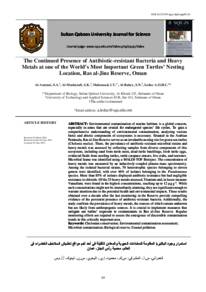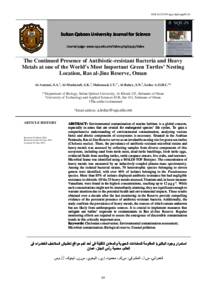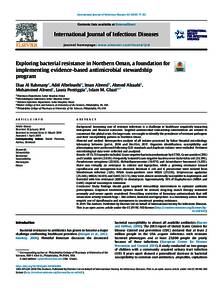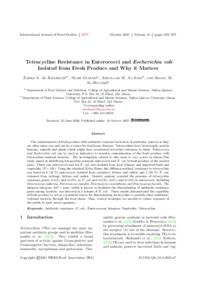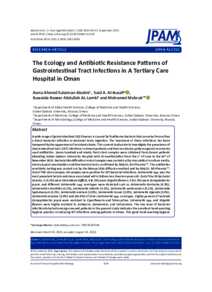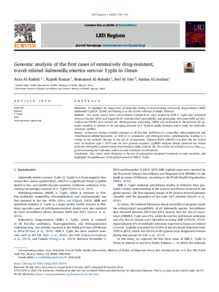Document
Candida auris : a systematic review and meta-analysis of current updates on an emerging multidrug-resistant pathogen.
Identifier
DOI: 10.1002/mbo3.578
Source
MicrobiologyOpen. v. 7, 4, e00578
Country
United Kingdom.
Publisher
Blackwell Publishing Ltd.
Gregorian
2018-08-01
Language
English
Subject
English abstract
From 2009, Candida auris has emerged as a multidrug-resistant ascomycete yeast pathogen with the capacity for easy transmission between patients and hospitals, as well as persistence on environmental surfaces. Its association with high mortalities, breakthrough and persistent candidaemia, inconsistencies in susceptibility testing results, misidentification by available commercial identification systems and treatment failure, complicates its management and detection. Within the last nine years, C. auris has been increasingly reported from far-Eastern Asia, the Middle East, Africa, Europe, South and North America with substantial fatalities and misidentification. Herein, I provide a systematic and thorough review of this emerging pathogen. Meta-analysis showed that at least 742 C. auris isolates have been reported in 16 countries, with most of these being from India (≥243), USA (≥232) and UK (≥103) (p-value =.0355) within 2013–2017. Most isolates were from males (64.76%) (p-value =.0329) and blood (67.48%) (p-value .0001), with substantial crude mortality (29.75%) (p-value =.0488). Affected patients presented with other comorbidities: diabetes (≥52), sepsis (≥48), lung diseases (≥39), kidney diseases (≥32) etc. (p-value .0001). Resistance to fluconazole (44.29%), amphotericin B (15.46%), voriconazole (12.67%), caspofungin (3.48%) etc. were common (p-value =.0059). Commonly used diagnostic tools included PCR (30.38%), Bruker MALDI-TOF MS (14.00%), Vitek 2 YST ID (11.93%), AFLP (11.55%) and WGS (10.04%) (p-value =.002). Multidrug resistance, high attributable mortality and persistence are associated with C. auris infections. Two novel drugs, SCY-078 and VT-1598, are currently in the pipeline. Contact precautions, strict infection control, periodic surveillance and cleaning with chlorine-based detergents, efficient, faster and cheaper detection tools are necessary for prevention, containment and early diagnosis of C. auris infections.
ISSN
2045-8827
Resource URL
Category
Journal articles

